Canine incontinence occurs when an otherwise housetrained dog is no longer able to control its bladder. It is most commonly seem in adult and senior spayed females, but can occur in dogs of any age, sex or breed.
This difficult medical issue is heartbreaking to witness and stressful for everyone involved. In order to treat the problem and make your pup more comfortable, you first need to identify the cause.
Note: urinary incontinence is not to be confused with frequent, inappropriate or submissive urination.
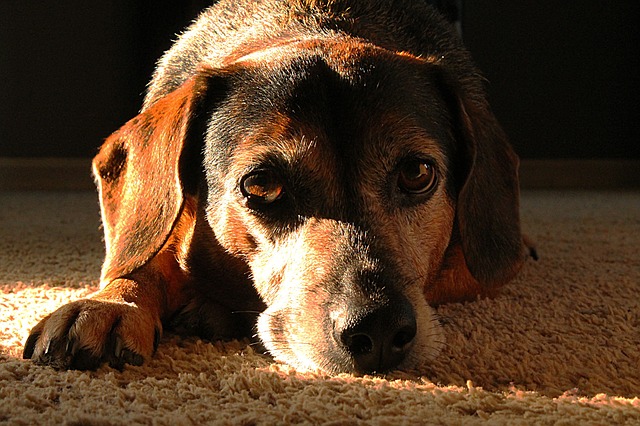
As dogs age they have increased risk factors for urinary “accidents” such as increased water intake; illnesses like diabetes, kidney disease, and hyperadrenocorticism (Cushing’s disease); and certain medications like steroids and diuretics. These incidents are not truly incontinence because the dog still maintains some bladder control.
Pet owners may feel tempted to alter their pet’s water consumption or medication schedule, but this should only be done under the supervision of a veterinarian.

Dogs dealing with incontinence may dribble small amounts of urine or void their entire bladder depending on the cause and its severity. If you are noticing symptoms such as urinary accidents in the home, damp or soiled bedding, licking of the urinary opening, or skin irritations caused by “urine scald,” schedule an appointment to see your veterinarian.
Based on your dog’s history and physical exam, the vet may recommend blood work, urinalysis, radiographs and/or ultrasound to determine the root of the problem. In most cases, urinary incontinence in dogs can be traced to one or more of the following 5 causes.
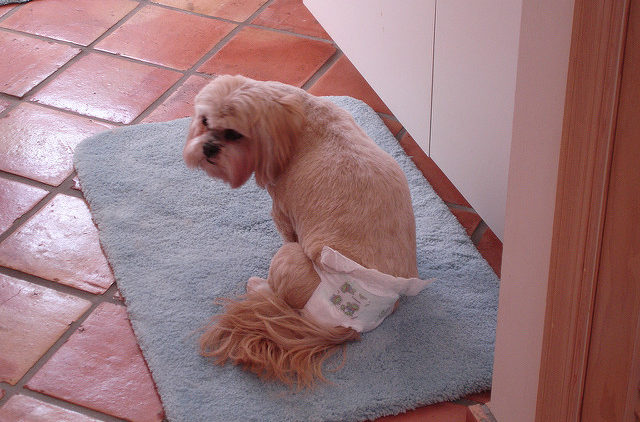
1. Post-spay urethral weakening
The most common type of urinary incontinence in dogs is a hormonal imbalance experienced by about 20% of spayed females. The problem usually occurs within three years of the spay surgery and is caused when muscle strength in the urethral sphincter is reduced over time resulting in urinary dribbling.
Cocker Spaniels, Springer Spaniels, Doberman Pinschers and Old English Sheepdogs may be more prone to hormone or spay-related incontinence.
There is evidence that dogs spayed too early (before three months of age) are at higher risk, but undergoing surgery before their first heat cycle (around four to six months of age) may reduce the odds.
Spay incontinence is highly treatable with medication. Estrogen therapy is successful in more than 50% of dogs. It strengthens the urethral sphincter by increasing the sensitivity of its closure receptors. The drug Phenylpropanalamine (PPA, Proin) directly stimulates the same closure receptors with an 85 to 90% success rate.

2. Urinary tract illnesses
Lower urinary tract problems, including infections and stones may also lead to a loss of bladder control. Dogs with UTIs often experience a constant urge to urinate leading to straining and dribbling.
Bladder stones can also cause urinary incontinence and may be life threatening if not treated. While they can occur in any breed, stones are most commonly seen in Shih-Tzus, Miniature Schnauzers, Bichon Frisés, Lhasa Apsos, and Yorkshire Terriers.
The following symptoms could indicate your dog is suffering from a urinary tract illness.
- Inability or difficulty urinating
- Loss of bladder control, dribbling urine
- Frequent need to urinate
- Straining or crying while urinating
- Bloody or cloudy urine
- Strong odor to the urine
- Fever
- House soiling
- Licking of vulva or penis
- Lethargy
- Vomiting
- Changes in appetite
- Weight loss
- Increased water consumption

Treatments vary widely depending on the diagnosis and may include antibiotics, diet changes and surgery. A cranberry supplement, (there are dozens of highly rated products on amazon) for urinary support. The active ingredients work together to maintain normal bladder health, normal urine pH, and promote optimal urinary tract health and function.
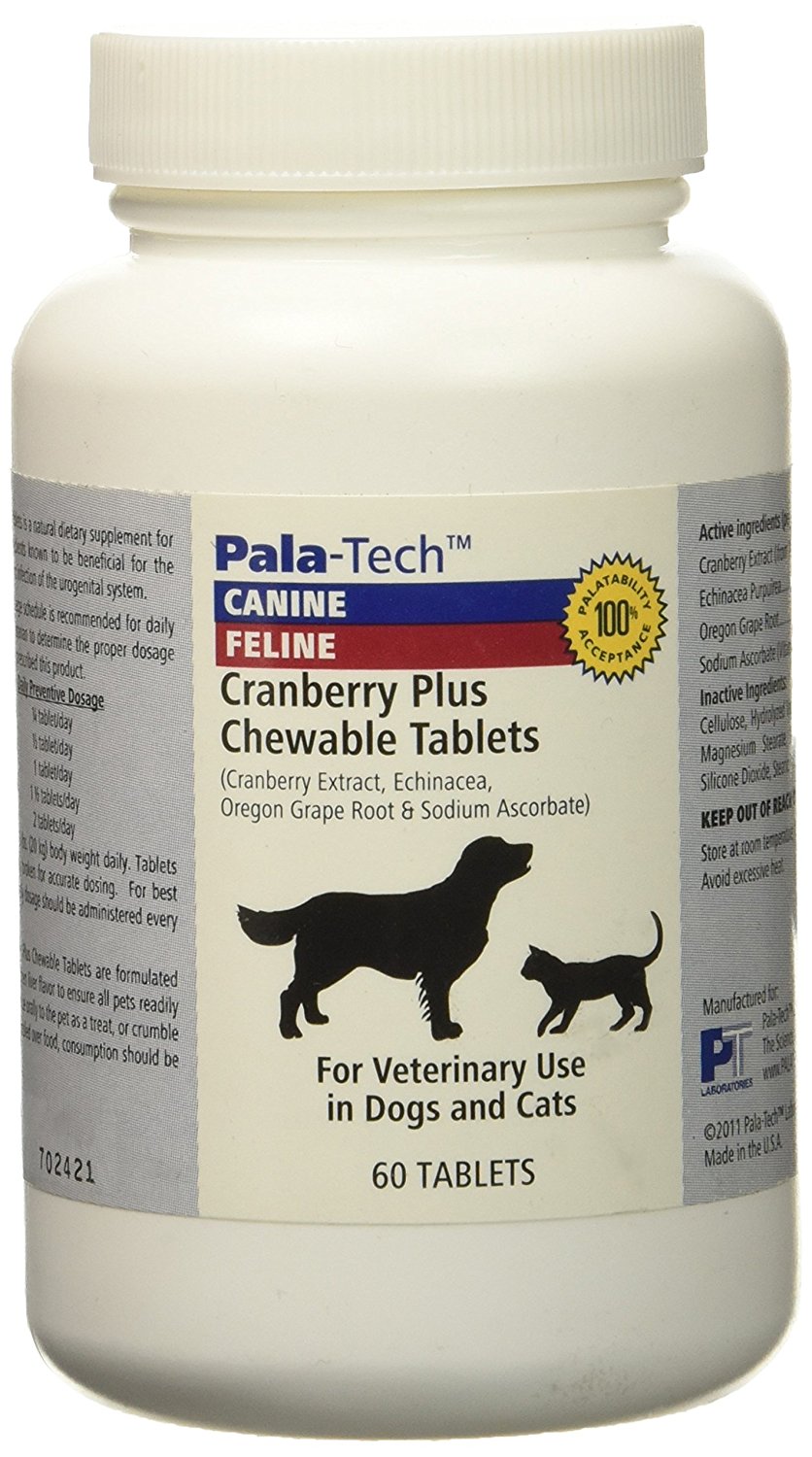
3. Spinal injury or degeneration
Spinal cord disease can cause urinary incontinence when inflammation compresses the nerves that control bladder function. Severe arthritis and ruptured or prolapsed discs are common culprits. This type of incontinence is frequently seen in German Shepherds.
In order to improve the issue, the inflammation in the spine must be reduced medically, surgically or holistically. Depending on the severity of the disease or injury, urinary incontinence may be permanent.
Note: Dogs experiencing loss of bladder control from a disc issue tend to have additional neurological signs such as paralysis or muscle weakness in the hind end. A tumor or lesion in the brain could also cause these symptoms.

Related: Why is My Dog Peeing on Their Bed?
4. Prostate disorders
Inflammation of the prostate caused by hormones or cancer can cause urinary incontinence in male dogs when the gland becomes enlarged and presses on the urethra.
Male dog incontinence is sometimes treated with Phenylpropanalamine because it strengthens the urethral sphincter. Prostate cancer is treated on a case-by-case basis and may require a prostatectomy (surgical removal of the prostate gland).
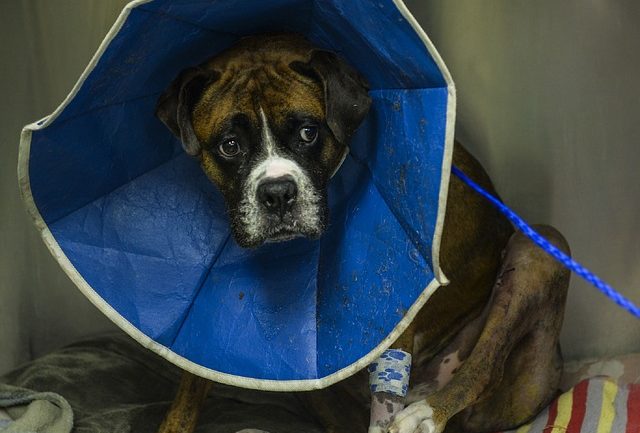
5. Congenital abnormalities
In rare cases, dogs that have struggled with urinary incontinence since birth may have an anatomical issue with their external genitalia, a neurological reflex problem or even a chromosomal abnormality. These dogs are evaluated and treated on a case-by-case basis and sometimes require surgical correction.
The most common cause of congenital incontinence in puppies is ectopic ureters, a birth defect most often seen in Siberian Huskies.
Tips for helping your dog manage incontinence:
- Use waterproof puppy pads or clean towels under bedding to absorb leakage.
- Walk or let your dog outside more frequently.
- Consider using doggie diapers.
- Rinse, bathe or wipe areas of wetness on the skin and coat frequently to prevent infection.
- Monitor your pet’s condition closely – especially elderly dogs – and seek veterinary attention as needed.
- Try a supplement that supports regular bladder function. If your dog frequently suffers from UTIs or bladder control, we’d recommend a good supplement that can help prevent the issue before it occurs. There are dozens of highly rated bladder control supplements on Amazon.
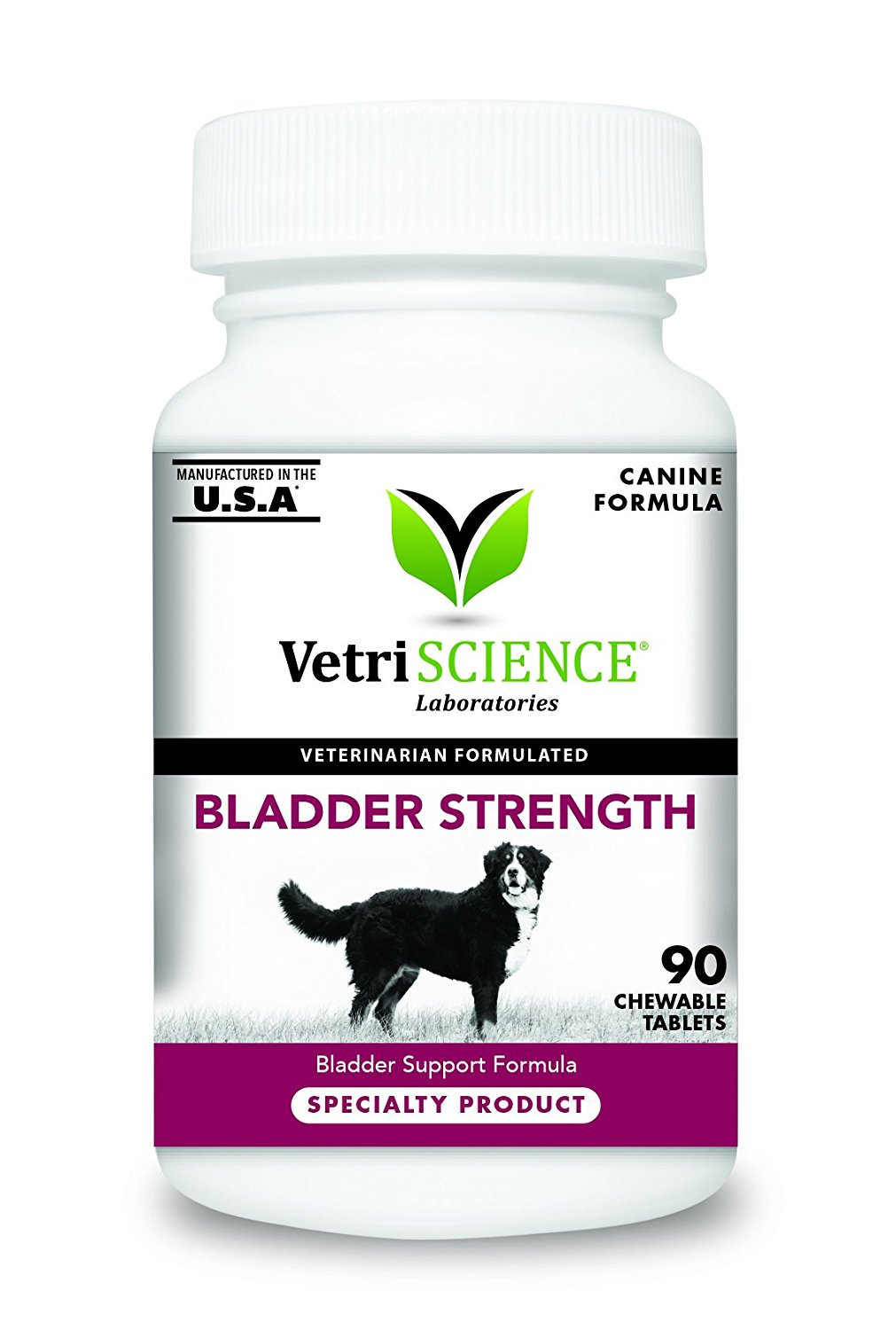
H/T to WebMD Pets

 Toledo, United States.
Toledo, United States.